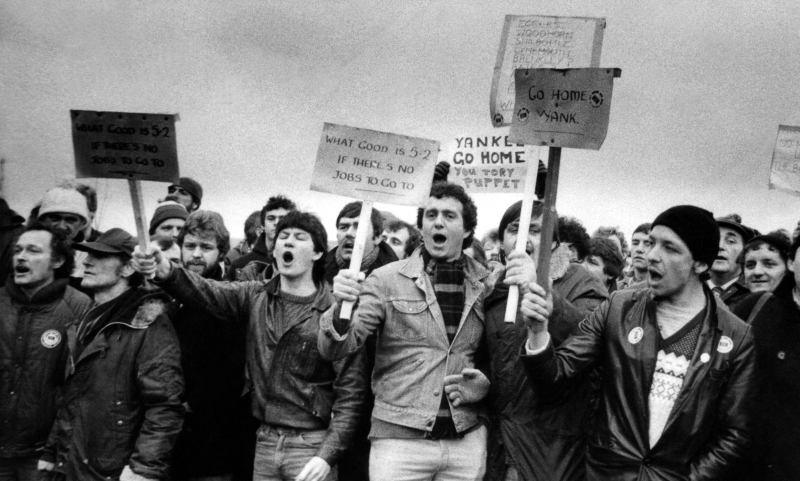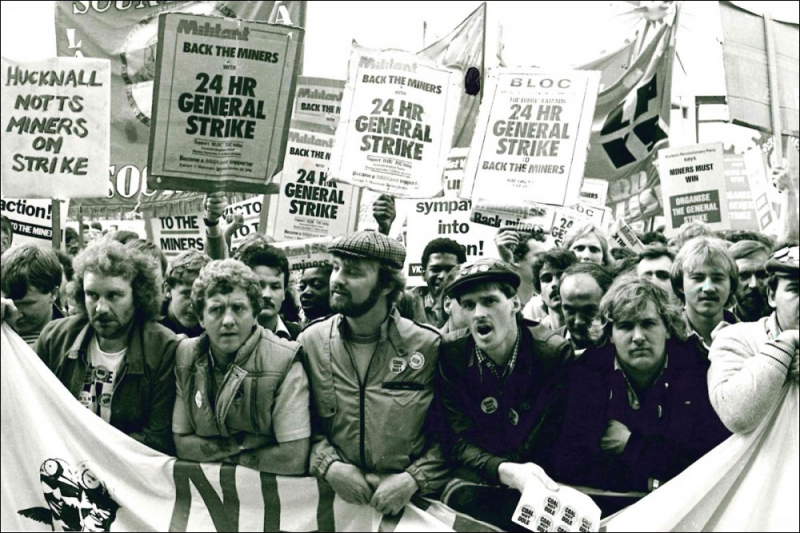The UK miners' strike
The miners' strike of 1984-1985 was a major walkout in the British coal sector aimed at preventing colliery closures. It was spearheaded by National Union of Mineworkers (NUM) leader Arthur Scargill against the National Coal Board (NCB), a government institution. The Conservative administration of Prime Minister Margaret Thatcher, who intended to weaken trade union strength, led the opposition to the strike.
The year-long strike, which concluded in a decisive victory for the Conservative government and authorized the closure of most of Britain's collieries, was marked by violent clashes between flying pickets and police. According to many commentators, the strike was the most intense industrial dispute in British history. The walkout cost nearly 26 million person-days of labor, making it the greatest since the 1926 general strike.
In September 1984, the strike was declared illegal since no national ballot of NUM members was performed. It came to an end on March 3, 1985. Unable to afford to extend the strike, a considerable number of miners were obliged to return to work. Following mass pit closures, the coal mining industry saw a rapid downturn. Kellingley Colliery, the last deep coal mine in the United Kingdom, closed in December 2015.
Date: 6 March 1984 – 3 March 1985
Purpose: Prevention of pit closures
Result: Pit closures, job losses, political unrest












